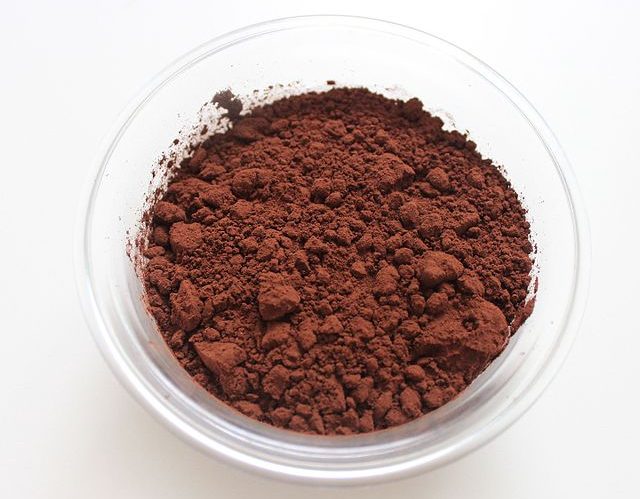Ivory Coast is experiencing a good rapport between rain and cocoa, favoring a mid-crop that has delayed from previous dry weather.
According to Reuters on June 9, 2025, soil moisture from good saturation is buoying hopes of gains for the April-September crop.
Unlike the 2023-2024 season when a virus enjoined to cut production, in 2025 rainfall poses no affiliated disease threat.
Although saturation started at below par, a few more downpours and sunlight days till end June will boost the coming harvest.
It is however not so rosy in the Soubre cocoa belt, where rains in week 1 of June 2025 dropped to 37.1 mm. This was notably 18.4 mm below the 2020-25 average.
From June 11, however, showers could persist in Ivory Coast and Ghana, both of which lead world cocoa supplies.
Markets Dampened
World markets are already getting a damp from the news because rains mean good production, which in turn lowers prices.
New York’s pricing futures at dawn June 11 continued a weeklong slide, losing by -0.24% day-on-day for July cocoa deliveries.
After closing at $8,912 a tonne on the 10th, the average contract price had reduced to $8,834.7 by the 11th.
Lower Mid-Crop
Still, there is price-related hope if shortage hits after the late onset of rains found an underdeveloped mid-crop.
This in turn predicates lower production in 2025 at 400,000 tonnes or -9% less, year-on-year.
The middle crop is Ivory Coast’s smaller of two yearly cocoa crops and it follows the main one of October through March.
In Ghana, a December 2024 projection was not favorable, too, for it downsized 2024-25 production by-5% from an earlier estimate.
Could the current good rapport between cocoa and weather alter all the above projections in Ivory Coast? The statistics below attempt an answer by examining past mid-crop performances amid weather.
Ivory Coast’s Mid-Crop Cocoa and Weather Statistics
Ivory Coast is the top cocoa producing nation, accounting for over 40% of global supplies any given year. Two seasons inform the sector’s marketing year, the first from October to March and the lesser mid-crop from April 1 to September 30. Weather, however, was not friendly to the sector, beginning the early 2020s. Poor rains hit the 2023-24 cocoa crop (both main and mid-crop), forcing a –27.8% decrement in shipments, year-on-year.
In March 2025, analysts forecast that the 2024-25 mid-crop output could reduce by 40% due to late coming rains. Despite April through November being Ivory Coast’s heavy rainfall season, sometimes saturation is sporadic, affecting yields.
How has the mid-crop production performed historically?
On average, Ivory Coast used to boast over 2 million tonnes of cocoa per year, 500,000 tonnes of which mid-crop. In the 2023-24 season, the mid-crop amount slumped to 440,000 tonnes. In the 2024-25 marketing year, the country forecasts a harvest of 300,000 to 400,000 tonnes.
How has the cocoa yield rate performed since 2000?
Although the cocoa area in Ivory Coast expanded in the two decades ending 2020, the yield rate declined significantly, according to CropGPT. In 2000, the productivity rate was as high as 0.7 tonnes a hectare (ha), but by 2022 it had bottomed out to 0.507 tonnes/ha. Other than the weather, the cocoa swollen shoot virus (CSSV) and overproduction on trees have all had a toll on productivity.
